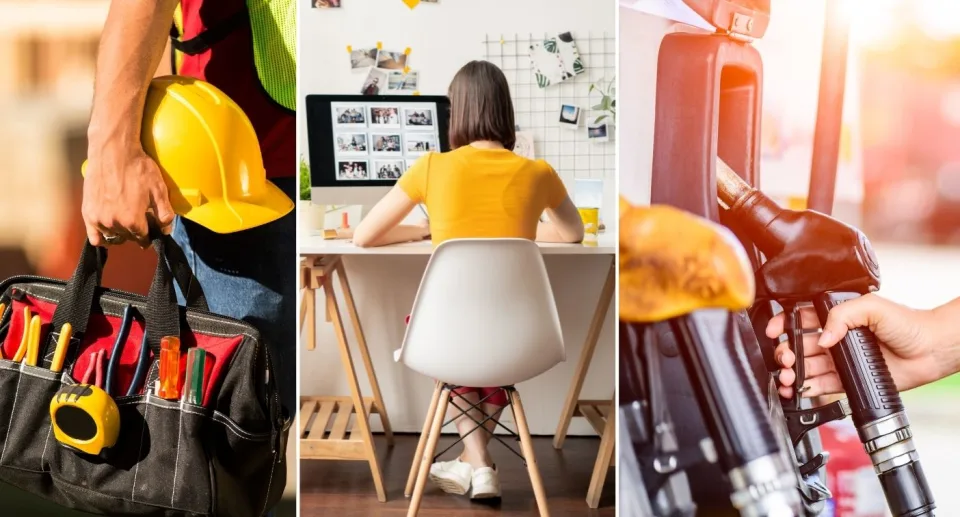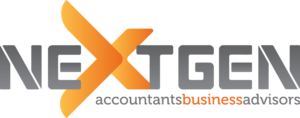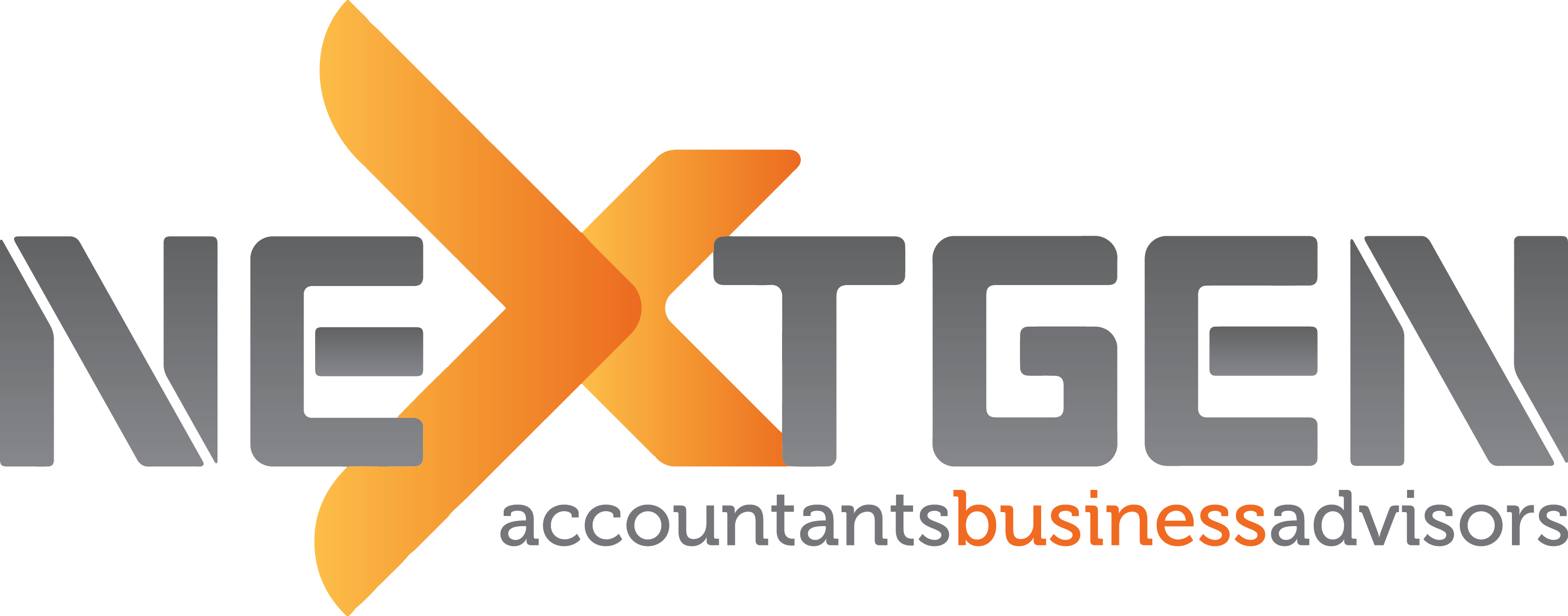Tax 2022: Everything you should buy before EOFY
Tax time is just around the corner, which means the window to make last-minute purchases to claim back in your 2022 tax return is closing.
While tax time is a source of dread for many Aussies who scramble to find missing receipts days before June 30, the average Australian should get around $2,600 – making it a worthwhile endeavour.
Before you lodge your tax return, there are some common and little-known items you can claim back from the tax man this financial year – including fuel, tools, laptops and home office suppliers.

What you can and can’t claim on tax
Whether you work for an employer or are a sole trader, you can still claim back certain expenses as part of your employment.
According to the ATO, the three “golden rules” to claim a deduction on a work-related expense include:
- You must have spent the money yourself and weren’t reimbursed.
- The expenses must directly relate to earning your income.
- You must have a record to prove it (usually a receipt).
However, if the expense was for both work and private purposes, you only claim a deduction for work-related use.
So, if you travel for work you can only claim back travel expenses during work. You can’t claim expenses you incurred outside of work.
Additionally, if your employer has already paid you back for any costs incurred for work, then you can’t make a claim.
What can you buy now, claim later?
If your tank is about to hit empty because you’ve been driving around for work, you might want to fill up before the EOFY.
Transport expenses can include the cost of:
- Driving your car, ute, van or motorcycle
- Ride-share (such as Uber)
- Flights
- Catching a train, taxi, boat, bus or other vehicle
Transport expenses also include the actual costs you incur – for example, fuel expenses, when you use someone else’s car or other vehicle.
It’s important to note that you can only claim for travel expenses you incur during work, so you can’t claim for your daily commute.
You also can’t claim expenses you pay for under a salary sacrifice or novated lease arrangement.
If you wear a compulsory uniform, protective or occupation-specific clothing to work, then make sure you keep those receipts – because you can claim these back on tax.
You can claim a deduction for the costs you incur to buy, hire, or repair clothing (and footwear) for these clothing items.
This includes costs you incur to clean or dry-clean work clothing. But, you’ll need written evidence that can prove you bought the clothes, the amount you spent, and the cleaning costs.
You cannot claim “conventional clothing” you buy for work, meaning you won’t be reimbursed for business attire or drill shirts for tradies.
Do you need a better electric drill? Or, do you need some new hairdressing scissors? Head to the shops before the month is up, because you can claim these back, too.
You can claim a deduction for some or all of the cost of tools, equipment and other assets you buy and use as part of your job. But, you can only claim for your work-related use of the item.
If it’s $300 or less you can claim a deduction for the full amount so long as you bought it within the same financial year that you’re claiming it – so no claiming tools you bought two years ago.
You also can only make the claim so long as you use it for mostly work purposes, and it’s not part of a set that together exceeds $300.
Aussies who work from home can claim a deduction for expenses related to work, such as electricity, internet, phone and a decline in value of office furniture and other items used for work, like laptops.
However, you can’t claim general household items, like coffee, tea, milk, or items your employer provides such as a laptop or phone.
If you’re an employee, sole-trader or contractor and you pay for a Covid-19 test for a work-related purpose, you can also claim a deduction – this includes a PCR or RAT test.
Just make sure you keep a record to prove that you incurred the cost, such as a receipt, and need to take the test for work.
You can use the myDeductions tool in the ATO app to record your expenses or upload a photo of receipts or invoices.


